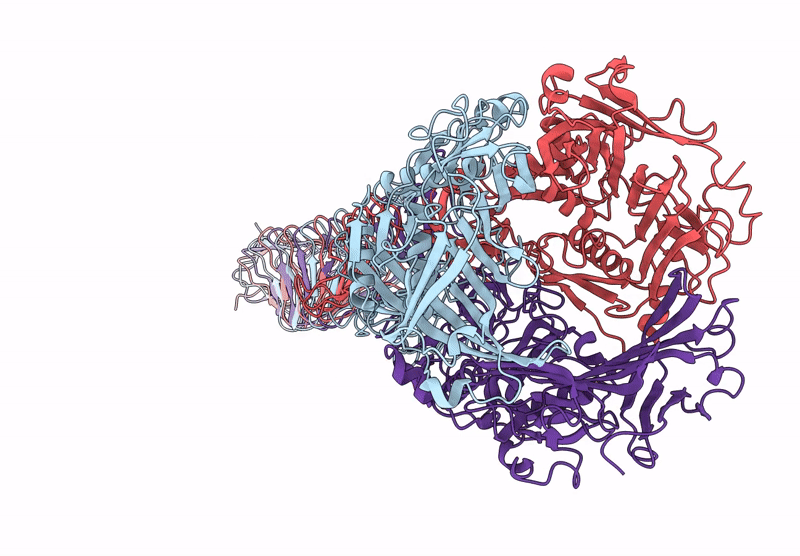
Deposition Date
2024-09-18
Release Date
2025-06-18
Last Version Date
2025-07-16
Entry Detail
PDB ID:
9GTR
Keywords:
Title:
Cryo-EM structure of a contractile injection system in Streptomyces coelicolor, the baseplate complex in extended state applied 3-fold symmetry.
Biological Source:
Source Organism:
Streptomyces coelicolor A3(2) (Taxon ID: 100226)
Method Details:
Experimental Method:
Resolution:
3.80 Å
Aggregation State:
PARTICLE
Reconstruction Method:
SINGLE PARTICLE


